From the night of April 21 to the early morning of April 22, Vietnam's sky will welcome the Lyrid meteor shower, one of the oldest astronomical phenomena ever recorded, reaching its peak. With a speed of up to 49 km/s, bright streaks of light will cross the sky, creating a spectacular light show in the middle of the quiet night.

A magical meteor shower can be observed in Vietnam tonight.
According to the Vietnam Astronomy and Cosmology Association, Lyrids is active from April 16 to 25, but the ideal time to observe is after 2 a.m. on April 22, when the sky is dark enough and atmospheric conditions are favorable. If the weather is clear and urban lighting is not too bright, observers can admire 15 to 20 meteors per hour - a number that is enough to make anyone look up in silent amazement.
Not only stopping at quantity, Lyrid is also famous for its "fireballs", especially bright meteors, leaving a long light trail in the night sky. This is also the reason why it is known as one of the most beautiful meteor showers to photograph. With just a camera with an exposure mode of 20 to 30 seconds, a large aperture and ISO ranging from 800 to 3,200, you can completely "capture" a moment when a meteor burns up in the atmosphere, a true shooting star.
The Lyrids are created from debris left behind by Comet Thatcher (C/1861 G1). This comet orbits the Sun every 415 - 422 years. The last time this comet visited the Solar System was in 1861, and it will not return until 2283. Because it is rare and little known, each year the Lyrids phenomenon becomes an event that attracts international attention from astronomers.
The history of the Lyrids is tied to ancient records. Chinese texts from 2,500 to 2,700 years ago described the phenomenon of bright stars falling densely from the sky. In 1136, the Koreans also recorded a scene of “many stars flying from the northeast”. Notably, in 1803, residents of Richmond (USA) were awakened by the sound of fire alarms and witnessed the sky covered with meteors, a night when the Lyrids exploded violently.
Lyra - the guiding constellation and observation techniques
The Lyrids are named after the constellation Lyra. This constellation contains the bright star Vega, one of the five brightest stars in the night sky. Sometime after midnight, Lyra will rise in the east, becoming the shining point of the astronomical evening.
For the best views, astronomers should seek out open terrain such as high mountains, rural areas or beaches, areas with little artificial light pollution. Bring a camera, tripod, and a blanket to lie on your back and watch the sky.
Right after the Lyrids close, the sky continues to "treat" astronomy lovers with the Eta Aquarid meteor shower - active from April 19 to May 28 and peaking in the early morning of May 5. Eta Aquarid originates from the famous Halley's comet, and can reach up to 60 meteors per hour if observed from the Southern Hemisphere. From the Northern Hemisphere like Vietnam, this number is about 30 meteors per hour, enough to create a memorable night.
Early in the morning of April 25, a magical “cosmic triangle” is formed by Venus, Saturn, and the crescent Moon. Before sunrise, look toward the eastern horizon to see three celestial bodies forming a triangle: Venus and Saturn twinkling like two bright dots, and the Moon a thin, curved strip in the sky. It is a scene both poetic and mysterious, as if the sky is smiling at those patient enough to wake up early.
Source: https://vtcnews.vn/thoi-diem-tot-nhat-de-ngam-mua-sao-bang-lyrid-tren-bau-troi-viet-nam-ar939020.html























![[Photo] National Assembly Chairman Tran Thanh Man visits Vietnamese Heroic Mother Ta Thi Tran](https://vphoto.vietnam.vn/thumb/1200x675/vietnam/resource/IMAGE/2025/7/20/765c0bd057dd44ad83ab89fe0255b783)

















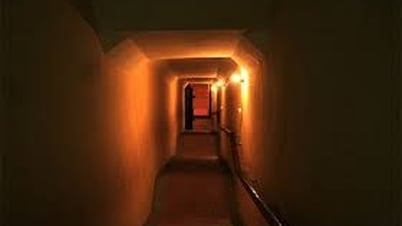


























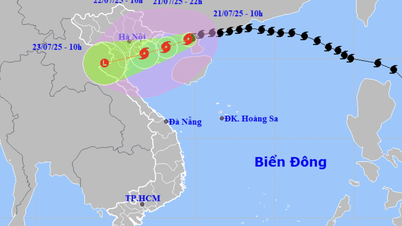



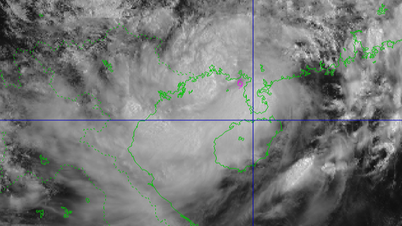



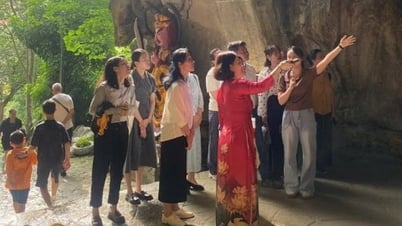























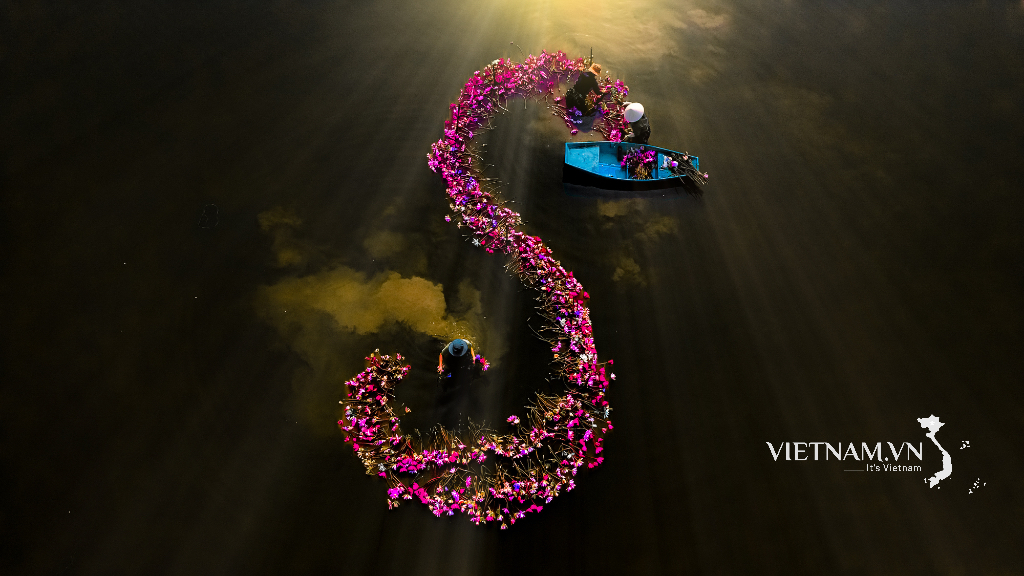

Comment (0)